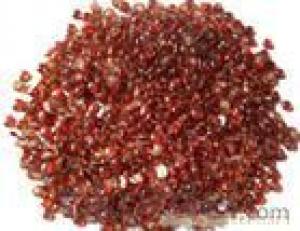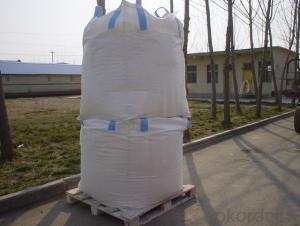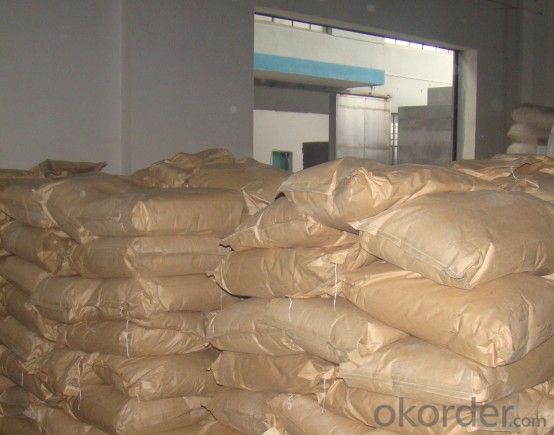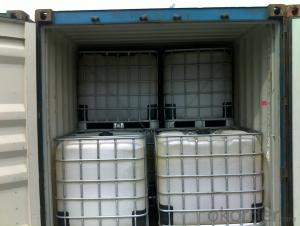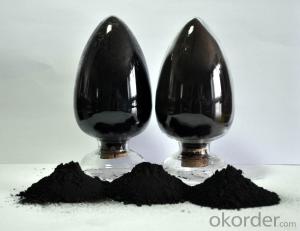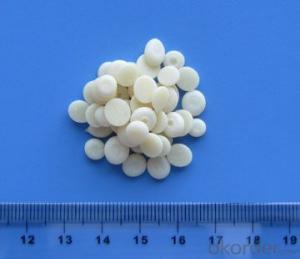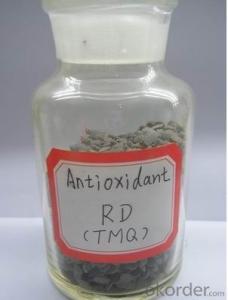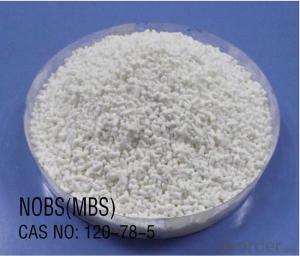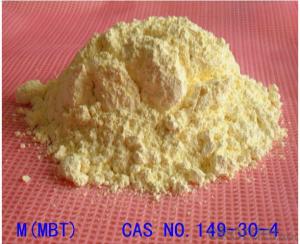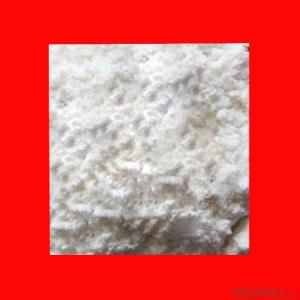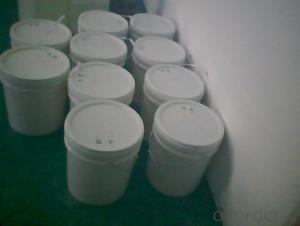Rubber Chemcials Rubber Antioxidant PBN (D)
- Loading Port:
- Tianjin
- Payment Terms:
- TT OR LC
- Min Order Qty:
- 25 m.t.
- Supply Capability:
- 12000 m.t./month
OKorder Service Pledge
OKorder Financial Service
You Might Also Like
PBN (D)
Chemical name:N-Phenyl-β-Naphthylamine
Molecular formula:C16H13N
Molecular Weight: 219.29
CAS NO.:135-88-6
Executive standard:Q/12HG 4521-2001
Specification:
| Index |
Appearance: | Light gray or brown powder |
Soften Point,℃ ≥ | 105.0 |
Loss on drying,%≤ | 0.20 |
Ash,%≤ | 0.20 |
Screen residue (100meshes),% ≤ | 0.2 |
phenyl amine content | No blue and purple reaction by testing |
Magnet object content ,% ≤ | 0.008 |
Properties: Light gray powder, the temperature of 108℃, the boiling point of 395.5℃, the relative density of 1.18. Extreme soluble acetone, ethyl acetate, methyl chloride, benzene, carbon disulfide, soluble in alcohol, carbon tetrachloride, is not soluble in water and petrol. Exposure to the air and sunlight will gradually become red ash.
Applications: The product is mainly used for natural and synthetic. Used in tyres, rubber belts, rubber shoes and so on.
Packing:Polypropylene knitted bags lined with polyethylene bags.Net weight 25kg per bag.
Properties: The product should be stored in the dry and cooling place with good ventilation . The product should be avoid hot sunshine.
- Q: What is the effect of the catalyst in chemistry?
- In fact, the catalyst in the chemical reaction is not the reaction of the role, but to play a role in accelerating the speed of chemical reaction, it is like a reaction to an hour, but joined a certain catalyst, the reaction speed A lot, as long as half an hour to react to play, the catalyst as long as properly handled, but also can be recycled, the students do not have any chemical changes
- Q: What about the chemical reaction of the catalyst if there is no catalyst?
- The phenomenon of accelerating or slowing the rate of chemical reactions due to the intervention of the catalyst is called catalysis. In the catalytic reaction, the catalyst reacts with the reactants to change the reaction pathway, thereby reducing the activation energy of the reaction, which is the reason why the catalyst can improve the reaction rate.
- Q: Is the catalyst in the field of inorganic chemistry?
- In the chemical discipline, including inorganic chemistry, analytical chemistry, organic chemistry and physical chemistry and other secondary disciplines, catalytic science for the three disciplines, generally attributed to the physical chemistry of the mouth.
- Q: what is a catalyst ?
- anything that speeds up a reaction, chemical or otherwise, between two things
- Q: It is best to tell me what the role of sulfuric acid in these reactions, respectively
- Esterification reaction (dehydration), nitration (dehydration, concentrated nitric acid), carbonation reaction or dehydration reaction (organic matter in sulfuric acid blackening, dehydrating agent), sulfonation reaction (dehydrating agent), ethylene (dehydrating agent).
- Q: i know that the catalyst is not react in an reaction,,,so that i don't why could it speed up the reaction?? Further, how does the scientist determine the catalyst for certain reaction??please give me more example....i really want to know it! i do not have any idea about this...so hope your answer will help me....thanks!
- Catalysts reduces the activation energy needed for a reaction, that is the energy each atom needed to have in order to have an reaction.
- Q: In chemistry what is a catalyst and an example?
- Catalysts are substances that increase the rate of a reaction by providing a low energy shortcut from reactants to products. In some cases, reactions occur so slowly that without a catalyst, they are of little value. Nearly all reactions that occur in living cells require catalysts called enzymes- without them, life would be impossible. There are two important classes of catalysts: homogenous catalysts like enzymes and aqueous ions that are uniformly mixed with the reactants, and heterogeneous catalysts that provide a surface that holds and reconfigures the reactants in a way that is favorable for reaction. Examples of homogeneous catalysis. Catalysts in solution with the reactants usually provide fast reaction paths by allowing reactants to form an unstable intermediate that quickly decomposes into products. For example, the substitution reaction CH3CH2OH(g) + HCl(g) H2SO4 ----->CH3CH2Cl + H2O(ell) is catalyzed by acid because the ethanol is converted into unstable CH3CH2OH2+, which quickly reacts with Cl- to produce the products. Definition: A catalyst is a subtance that increases the rate of a chemical reaction by reducing the activation energy, but which is left unchanged by the reaction. Examples: A piece of platinum foil is a catalyst for the combustion of methane in air.
- Q: Is it possible for the different chemical reactions to have the same catalyst?
- Right, think about the catalysis of biological enzymes
- Q: Will the catalyst in the chemical reaction be reduced?
- The amount of catalyst in the chemical reaction is not reduced, the catalyst is divided into a positive catalyst and a negative catalyst, the positive catalyst promotes the reaction, and the negative catalyst inhibits the reaction
- Q: Is there a catalyst for a chemical reaction?
- There may be many, but some of the catalytic effect of the catalyst is good, and perhaps some of the catalyst has not been found
Send your message to us
Rubber Chemcials Rubber Antioxidant PBN (D)
- Loading Port:
- Tianjin
- Payment Terms:
- TT OR LC
- Min Order Qty:
- 25 m.t.
- Supply Capability:
- 12000 m.t./month
OKorder Service Pledge
OKorder Financial Service
Similar products
Hot products
Hot Searches
Related keywords
